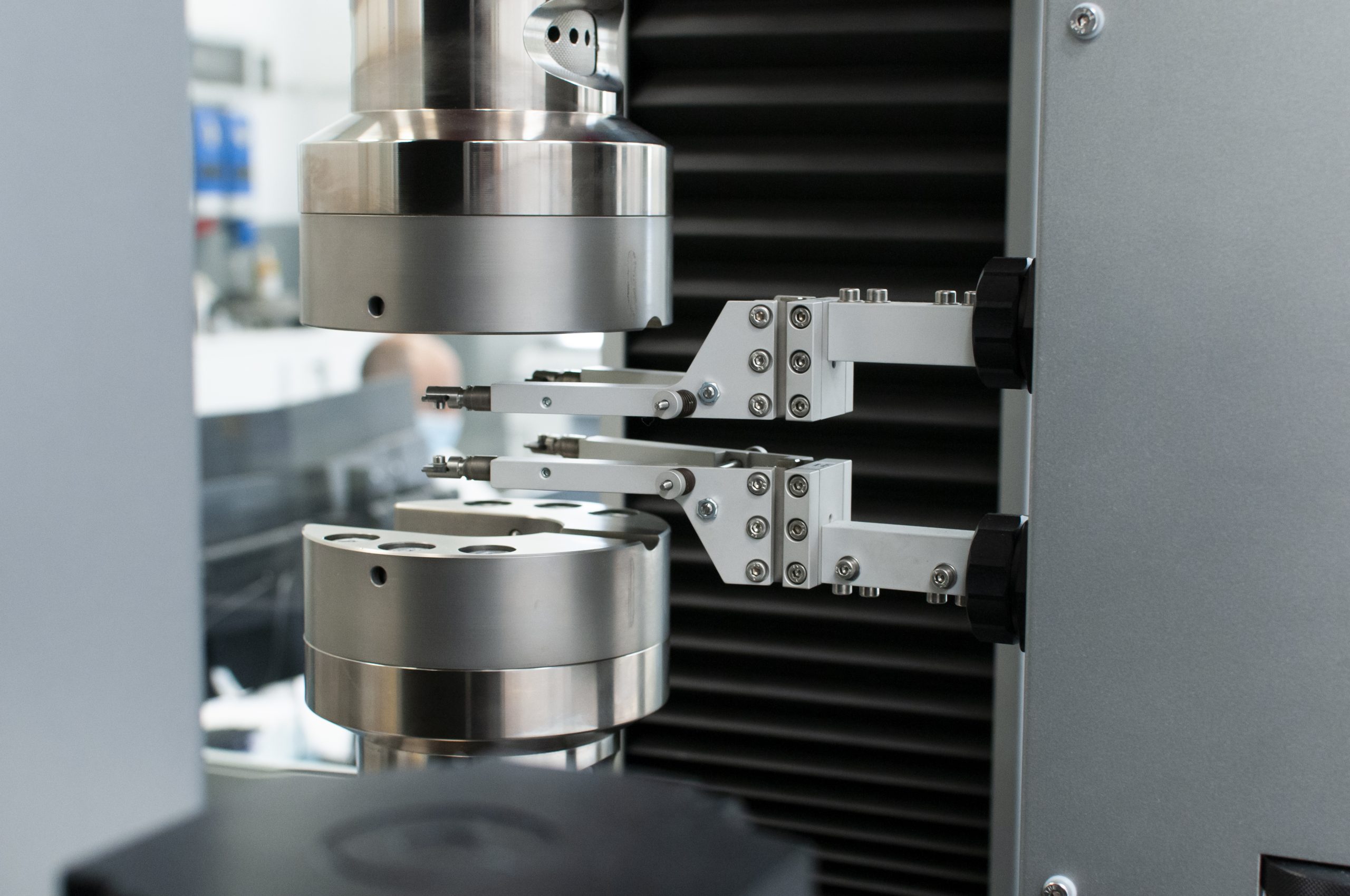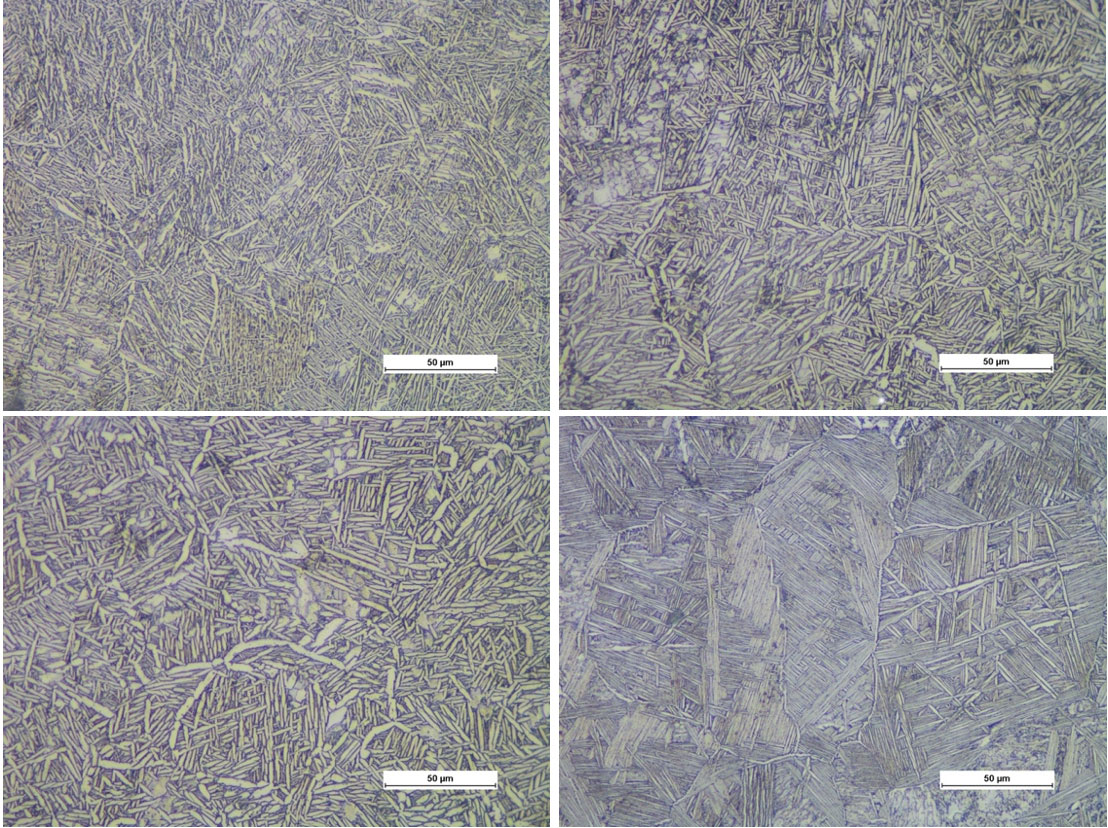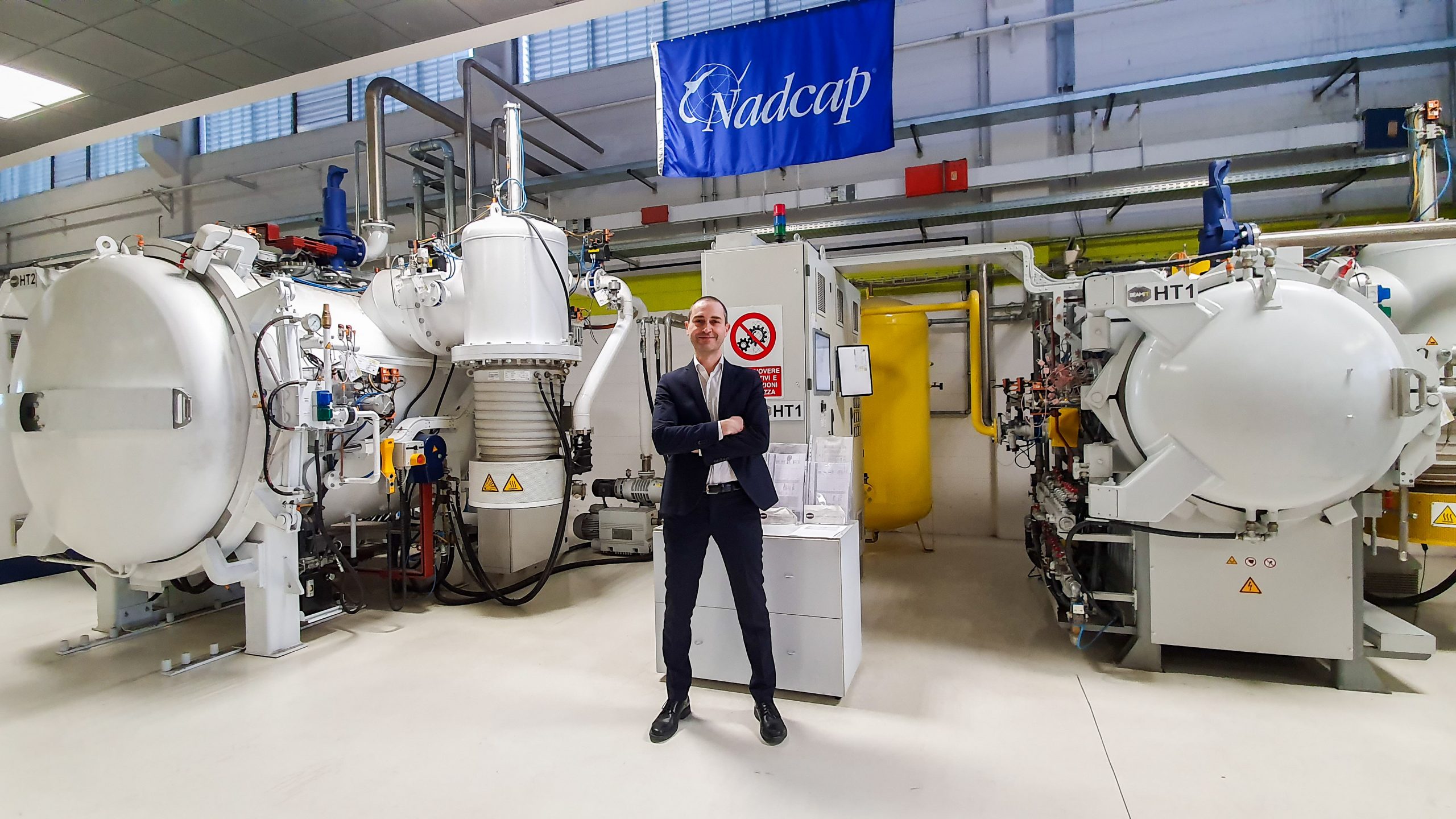Italian additive manufacturing service bureau BEAMIT has developed a new 3D printing process for the titanium alloy Ti6242 that is capable of producing aerospace and motorsport components that perform better than conventionally-manufactured counterparts.
BEAMIT’s laser powder bed fusion (LPBF) 3D printing process can produce components with similar levels of tensile strength and temperature resistance provided by other materials, however they are significantly lighter. According to the company, its newly-developed process also yields sustainability gains through waste prevention and powder recycling.
“Our hard work is essentially geared towards positioning ourselves on a level where we can produce innovation and change the rules of the game technologically and for 3D printing applications,” said Andrea Scanavini, BEAMIT Group General Manager. “We are extremely focused on our clients’ needs and productivity and use our Material and Process Engineering division to respond with turnkey solutions for the next generation of production processes.”

3D printing Ti6242
BEAMIT began developing its additive manufacturing process for Ti6242 in 2019, after conducting an in-depth study that explored alloys suitable for processing by LPBF. The company landed on Ti6242 for its ability to resist high temperatures and produce lightweight components without compromising their tensile strength. This makes the alloy ideal for applications within the motorsport and aerospace sectors where lightweight and high performance components are crucial.
The BEAMIT team embarked upon optimizing Ti6242l’s mechanical properties at temperature through the LPBF process, achieving a tensile strength of up to 1,000 MPa and a density of 4.5 g/cm3.
“Development of the Ti6242 process began in 2019 as part of a thesis project in collaboration with Politecnico de Milano university,” said Alessandro Rizzi, BEAMIT Group Materials and Special Process Manager. “The material adapted perfectly to LPBF, but our real focus was on the heat treatments. We devised different vacuum cycles to optimize its mechanical properties at room temperature and at high temperatures and also developed the integrated high-pressure heat treatment process.”
As a result, the Ti6242 alloy exhibits a high strength-to-weight ratio of over 600 MPa up to 550°C, making it an attractive option for applications requiring good mechanical strength and light weight and a viable alternative to steel and nickel superalloys. The BEAMIT team carried out tests to compare the mechanical properties of 3D printed Ti6242 with Ti6242 and another high-performance titanium alloy, IMI834, produced by conventional means, such as forging.
The 3D printed components reportedly performed better than those forged with conventional technologies, and according to BEAMIT the process solidifies additive manufacturing’s role at the forefront of material development for industries such as automotive and aerospace. The company also hails the technology as representing a ‘revolution’ in sustainability, enabling waste reduction through using only necessary materials and recycling leftover powder for future projects.
“Researching and developing new materials has always been fundamentally important in the BEAMIT Group and we are very proud to currently be the only company capable of offering the market top-flight technological solutions, especially in sectors like motorsport, automotive, and aerospace,” said Giuseppe Pisciuneri, BEAMIT’s Chief Commercial Officer. “Being pioneers of this innovation and using our materials in our client’s new projects motivates us to keep growing and spurs us on to bigger and better things.”

Titanium alloy development
Demand is increasing within the automotive and aerospace sectors for high-temperature titanium alloys due to their desirable strength-to-weight properties, however engineering weight rations, complex structures, operation temperature, and speed of development of titanium parts are challenging conventional manufacturing processes. As a result, 3D printing is rapidly becoming an interesting option for manufacturers in these sectors.
Regarding automotive, luxury car manufacturer Bugatti has incorporated 3D printed titanium parts within some of its vehicles, including an exhaust tailpipe for its Chiron Pur Sport model in order to gain weight savings and improve the part’s temperature resistance, and a titanium mounting bracket for the front wing of its Bolide hyper-car.
Meanwhile, automotive tuning specialist 1016 Industries has blended titanium and carbon fiber 3D printing to integrate 3D printed performance parts into a one-off ultra-lightweight edition of McLaren’s 720S sports car. The special edition vehicle is nearly nine percent lighter than the original model thanks to the technology.
There have also been significant developments in 3D printed titanium material development within the aerospace sector. For instance, SLM and SLS 3D printer manufacturer Farsoon Technologies announced the development of a new high-temperature titanium material, TA32, from its customer, Aerospace Hiwing Titanium Industrial Co. (AHTi) designed for use with its FS271M 3D printing system. Parts printed with the alloy can tolerate operating temperatures up to 550 degrees celsius and exhibit excellent tensile strength, flexibility, and plasticity mechanical properties under high temperatures.
Elsewhere, US aerospace manufacturer Spirit AeroSystems has previously installed a 3D printed titanium structural component in the forward fuselage of a Boeing 787, and the US Air Force’s Hill Air Force Base successfully incorporated a 3D printed titanium bracket into an F-22 fighter jet manufactured by aerospace and defense contractor Lockheed Martin.

Subscribe to the 3D Printing Industry newsletter for the latest news in additive manufacturing. You can also stay connected by following us on Twitter and liking us on Facebook.
Looking for a career in additive manufacturing? Visit 3D Printing Jobs for a selection of roles in the industry.
Featured image shows component in the ZARE quality control department. Photo via BEAMIT.



